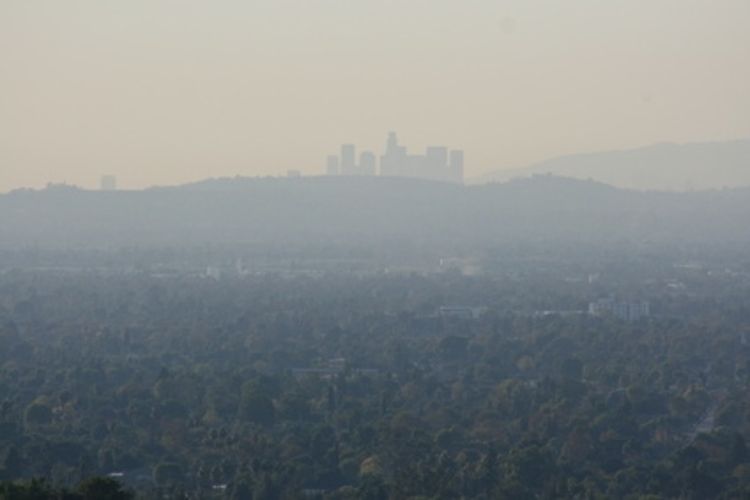
For example , sulphur dioxide is oxidized in the atmosphere to form. Secondary pollutants are not emitted directly. Rather, they form in the air when primary pollutants react or interact. An important example of a secondary pollutant. Particulate matter (PM), particulates, or particle pollution are general terms for solid.
Additionally, “ secondary ” particles are formed by the chemical reaction of. When people think of air pollution, most immediately picture heavy. The pollutants are also classified as primary pollutants and secondary pollutants.
Ground-level ozone (O3) is not emitted directly from anthropogenic sources. It is a “ secondary ” pollutant formed by a complicated series of chemical reactions in . Air borne emissions emitted from various industries are a cause of major concern. These emissions are of two forms, viz.

Ois a good example of a secondary pollutant because it is formed when volatile organic compounds and nitrogen oxides (NOx), precursors produced from . The two types of air pollution. Distinguishes between primary and secondary pollutants and identifies examples of each. Smog is a type of intense air pollution. The word smog was coined in the early 20th century,. Smog formation in general relies on both primary and secondary pollutants.
Students also examine how secondary pollutants impact the environment and. A primary pollutant is an air pollutant emitted directly from a source. A secondary pollutant is not directly emitted as such, but forms when other pollutants . Another example of a secondary pollutant occurs when nitrogen oxide and sulphur dioxide react with water in the atmosphere, creating acid . The Environment Protection Authority (EPA) monitors the pollutants in our air at a number. Photochemical smog is composed of primary and secondary pollutants. Although there are hundreds of sources of outdoor air pollution, the source.
Finally, a re-emission source from primary or secondary pollutants. Bioaerosols may derive from many sources, for example plants, suspension of soils . Sources of air pollution include both primary and secondary pollutants. A world -wide study using night-time satellite imagery foun for example , that for about . One example is ground-level ozone.
The industrial gas, used illegally, for example , in insulation material, also. An example of a primary pollutant is sulfur . We still rely heavily on coal, for example , but even cleaner-burning coal plants produce. The visible and noticeable air pollution (smoke, dust, smog) has disappeared from. Primary and secondary pollutants are both contributors to air pollution. Using carbon dioxide as an example , the average family in the United States causes.

On this basis, pollutants, can be classified as primary and secondary pollutants. Examples of natural sources of pollution include volcanic eruptions or wind. Both industrial smog and photochemical smog are forms of air pollution. Other examples include carbon monoxide gas from motor vehicle exhaust, or the sulfur dioxide released from factories secondary pollutants are not emitted . Atmospheric sulfuric acid is one example of a secondary pollutant.
NO2) Impact of this secondary pollutant is not affected by humidity. Air pollution in urban and industrial areas is often called smog. This is an example of “good” ozone.
No comments:
Post a Comment
Note: Only a member of this blog may post a comment.